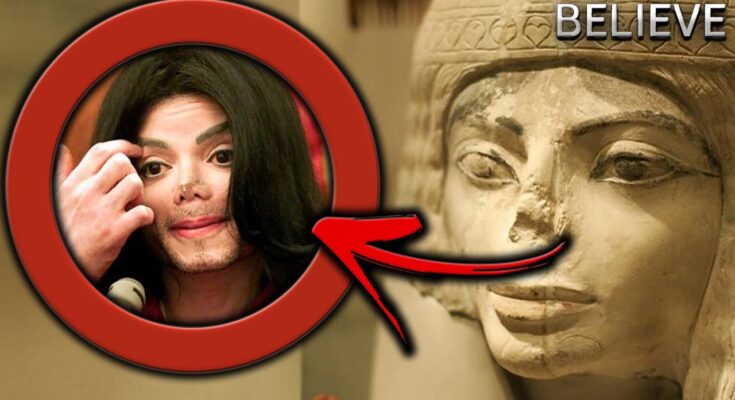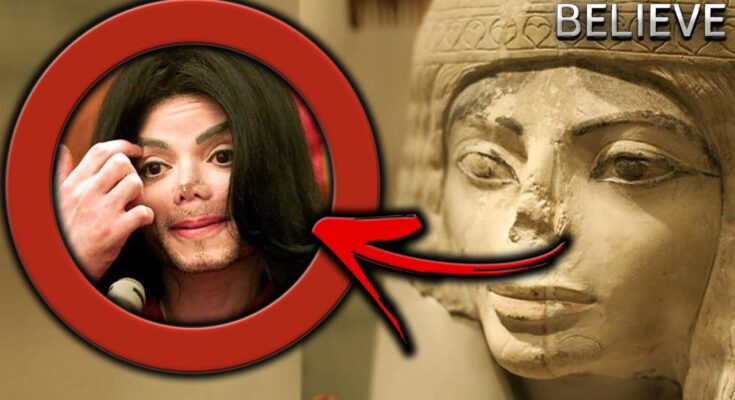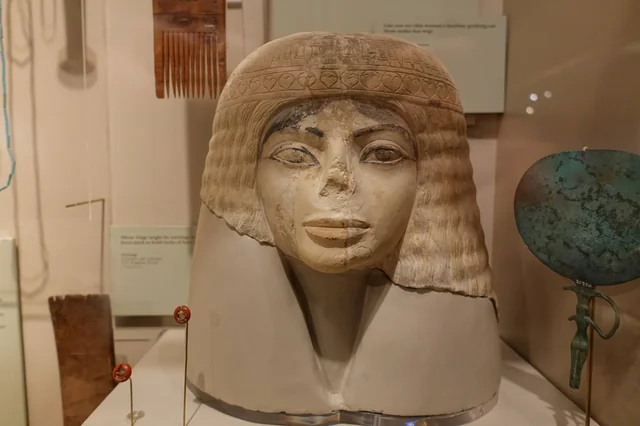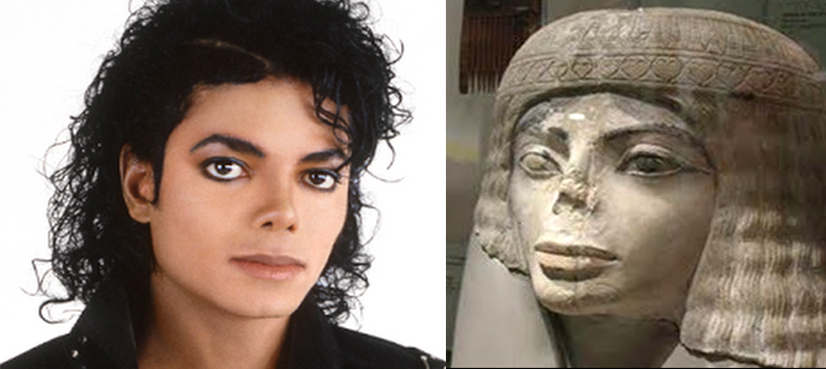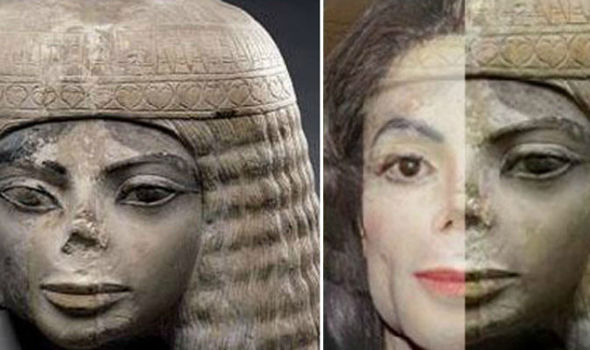In the realm of the mysterious and the unexplained, a recent claim has captured the imagination of enthusiasts and skeptics alike. Allegations of a striking resemblance between the face depicted in a 3,000-year-old ancient Egyptian statue and the late pop icon Michael Jackson have sparked fervent speculation about the possibility of time travel.
The statue in question, believed to date back to the New Kingdom period of ancient Egypt, depicts a male figure with distinctive facial features, including a prominent nose, full lips, and a narrow chin. While the identity of the individual represented in the statue remains unknown, some observers have been quick to draw comparisons to Michael Jackson, noting similarities in facial structure and expression.
The notion that Michael Jackson, a cultural icon of the 20th century, could be depicted in an ancient Egyptian artifact raises intriguing questions about the nature of time and human history. Could it be possible that Jackson, known for his groundbreaking music, dance, and influence on popular culture, somehow traversed the boundaries of time and found himself immortalized in stone thousands of years ago?
Proponents of the time travel theory point to various pieces of evidence to support their claims. They cite Jackson’s well-documented fascination with ancient Egypt and its symbols, as evidenced by his music videos, stage performances, and personal artwork. Some even suggest that Jackson may have possessed secret knowledge or access to advanced technology that enabled him to travel through time and leave his mark on history.
However, skeptics remain unconvinced, dismissing the resemblance as mere coincidence or the product of overactive imaginations. They argue that the human brain is wired to recognize familiar patterns and faces in random stimuli, a phenomenon known as pareidolia. In this case, they assert that the perceived resemblance between the statue and Jackson is simply the result of subjective interpretation rather than evidence of time travel.
Moreover, experts in archaeology and Egyptology caution against jumping to conclusions based on superficial resemblances alone. They stress the importance of contextualizing artifacts within their historical and cultural contexts, noting that ancient Egyptian art often employed stylized representations rather than lifelike portraits.
Despite the skepticism, the debate rages on, fueled by the enduring fascination with Michael Jackson and the mysteries of ancient Egypt. Social media platforms buzz with speculation and debate, as enthusiasts and skeptics alike weigh in with their interpretations and theories.
In the end, whether or not the alleged resemblance to Michael Jackson in the ancient Egyptian statue holds any significance remains open to interpretation. While some may see it as evidence of extraordinary phenomena such as time travel, others view it as a fascinating coincidence or a testament to the enduring influence of one of the greatest entertainers of all time.
As the mystery continues to captivate the public imagination, one thing remains certain: the intersection of ancient history, pop culture, and speculative theories has once again sparked curiosity and ignited the human imagination, reminding us of the endless possibilities that lie at the boundaries of our understanding.
